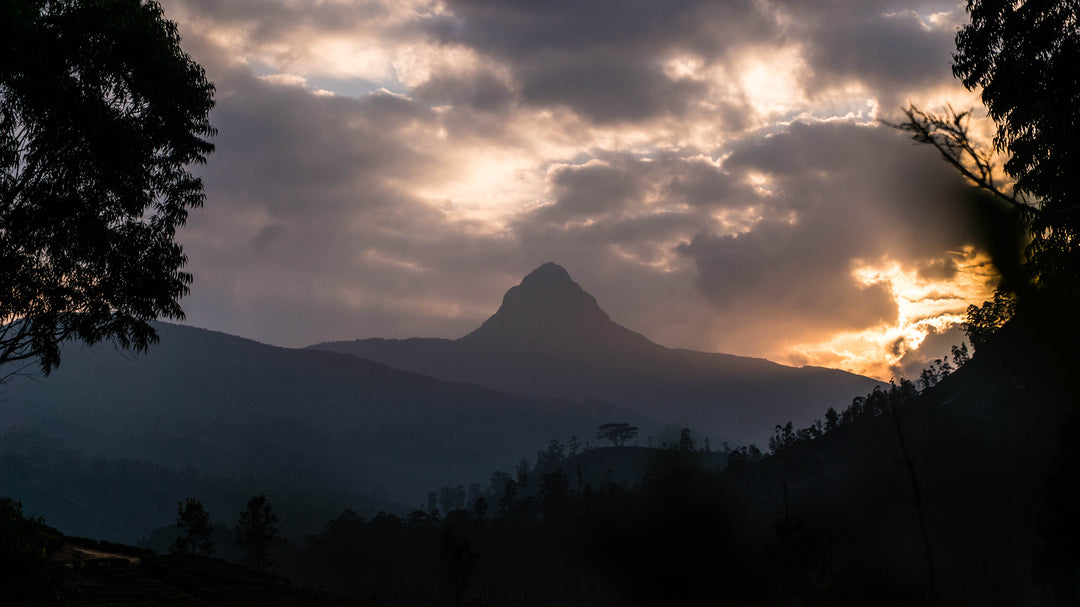The Story of the Tea Chest: From Iconic Crates to Eco-Friendly Sacks
The wooden plywood Tea chests are iconic. Readers from an older generation will certainly know their value when it comes to moving home.
These sturdy boxes with their metal strips and stencilled markings were once how Tea was transported from Tea estates around the world.
Tea chests were used from the 17th century when the East India Company first bought teas from China (read our blog here about St Katherine’s Dock) and still were in common use 300 years later on many estates around the world.
The outer chests were made of plywood with metal strips lining the joints. The inner chests in the early days were lined with lead, then tin and later with foil. The inner lining has always been critical to keep the tea fresh as tea is a hygroscopic product. Absorbing smells and flavours that it is exposed to.
Our lorries would load chests of Tea from the estates and bring them to Colombo ahead of auction, the return journeys would deliver the metal sides and the plywood to the tea estates for them to make up new chests for the following week's tea to be packed into.
The stencil markings would be done by the estate. Typically a chest markings would carry the name of the estate, the grade of tea, how many chests in that particular invoice. They would also carry a side that said “Produce of Sri Lanka” and a tag line usually which read “It pays to buy good tea”.

A traditional Tea Chest on an Avery weigh scale
From the 1970’s a more sustainable solution was sought as the used chests would never return to the estate. In 1975 Sri Lanka was the first producer nation to start trials of a more sustainable alternative. Initially paper sacks and corrugated card were trialled. By the early 1980’s the industry was in favour of paper sacks with aluminium foil making up the inner to protect the tea. Estates slowly converted to making these the norm and phased out Tea Chests. Costing PMD’s transportation business a valuable return load to the estate!
Today almost all Tea that is shipped from estates globally is packed and shipped via paper sacks. Stencil markings are found on the top and bottom of each sack. The sacks are now placed onto pallets to make for easier handling when being shipped.

New Paper Sacks
A special mention has to be given to Tom Barrett of Brooke Bond Tea who got the paper sack project moving which the entire global tea industry today has followed. This move alone has saved thousands of acres of forests in Asia and Africa from seeing an axe. A a small price to pay for that return load to the estate!




